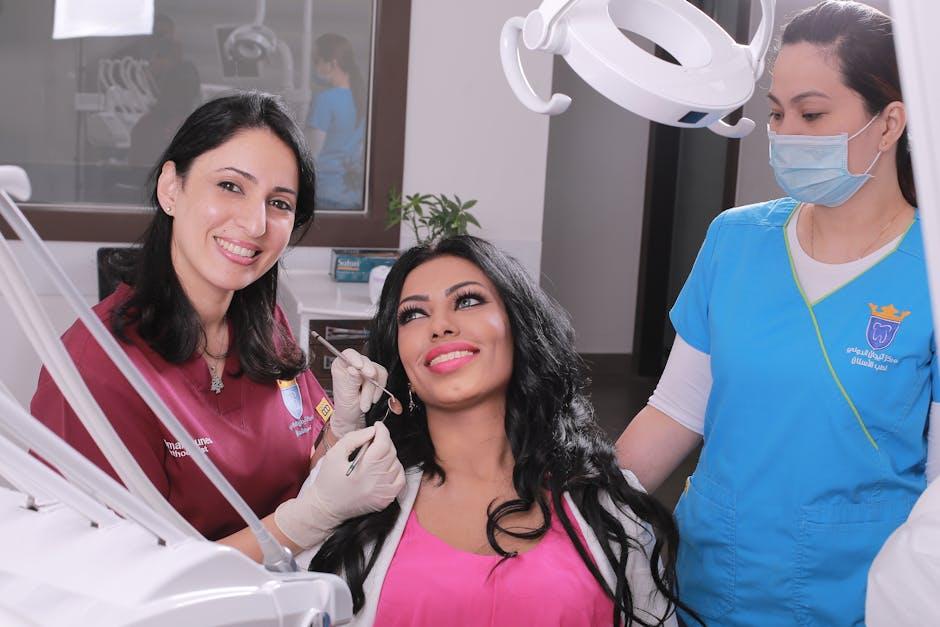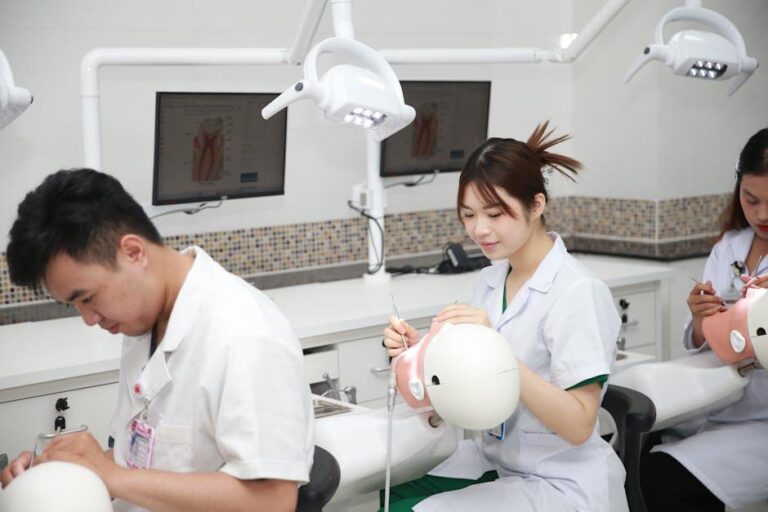
Are Dental Assistants the New Dental Hygienists? Some Seem to Think So – Dentistry IQ
In the continually evolving dental industry, roles within the dental team often adapt to new technologies, regulatory changes, and patient care models. Recently, a provocative question has arisen among dental professionals and enthusiasts alike: Are dental assistants becoming the new dental hygienists? This trend is sparking lively debates on Dentistry IQ and beyond, as the responsibilities traditionally assigned to dental hygienists increasingly overlap with those performed by dental assistants.
In this comprehensive article, we’ll dissect the similarities and differences between dental assistants and dental hygienists, explore why some believe this shift is happening, and what it means for the future of dental care. Whether you’re a dental professional or a curious patient, understanding this evolving dynamic can provide deeper insights into dental team roles and their impact on oral health care quality.
Understanding the Core Roles: Dental Assistants vs. Dental Hygienists
Let’s start by defining the traditional roles of dental assistants and dental hygienists to understand how and why lines between them might be blurring.
What Does a Dental Assistant Do?
- Assist the dentist during procedures by preparing tools and materials.
- Manage patient records and schedule appointments.
- Provide basic patient care like sterilization of instruments and chairside support.
- Take dental impressions and, in some states, perform limited x-rays.
- Educate patients about oral hygiene basics.
What Does a Dental Hygienist Do?
- Perform preventive dental care such as cleaning teeth and scaling plaque.
- Conduct comprehensive oral health assessments, including periodontal evaluations.
- Apply fluoride treatments and sealants.
- Take and interpret dental x-rays as part of diagnosis.
- Provide patient education focused on preventive oral health.
The Evolution: Why Are Dental Assistants Taking On More Hygienist Tasks?
Dental offices are adjusting to multiple pressures such as staffing shortages, escalating patient demand, and regulatory flexibility in some regions. These factors have sparked expanded training and certification programs for dental assistants, enabling them to carry out some tasks traditionally reserved for dental hygienists.
Key reasons behind this shift include:
- Enhanced training opportunities: Many states now offer dental assistants the chance to acquire additional certifications that qualify them to perform procedures like coronal polishing or expanded functions.
- Growing demand for preventive care: As dentistry becomes more preventive-focused, dental teams need more hands to deliver education and routine care efficiently.
- Staff shortages and cost efficiency: Dental offices sometimes employ highly trained dental assistants instead of additional hygienists to reduce labor costs while maintaining service quality.
- Technology integration: More sophisticated dental technology enables assistants to take on greater responsibilities with adequate training.
Comparing Training, Certification, and Scope of Practice
One of the biggest distinctions between dental assistants and dental hygienists lies in their education and legal scope of practice. The following table summarizes critical requirements and scopes in most U.S. states:
| Aspect | Dental Assistant | Dental Hygienist |
|---|---|---|
| Education | Certificate/Diploma (9–18 months) | Associate’s or Bachelor’s Degree (2–4 years) |
| Licensing/Certification | Optional/State Specific (e.g., CDA certification) | Required State Licensure and National Board Exams |
| Scope of Practice | Basic chairside assistance, limited tasks like radiography or polishing depending on certifications | Comprehensive oral hygiene care, assessments, preventive treatments |
| Autonomy | Works under supervision of dentist or hygienist | Often works independently with direct dentist oversight |
Benefits and Practical Tips for Dental Practices
Dental offices considering expanding their dental assistants’ roles to include hygienist-like duties should weigh the benefits and approach the transition carefully.
Benefits
- Improved workflow efficiency: Expanding assistants’ capabilities can free up hygienists for more complex care.
- Cost savings: Lesser training and salary requirements for assistants can reduce operational costs.
- Enhanced patient experience: More hands-on deck can reduce wait times and streamline appointments.
Practical Tips
- Ensure compliance with state laws and regulations when expanding scope of practice.
- Invest in ongoing training and certification programs for dental assistants.
- Develop clear role descriptions and workflows to minimize confusion or overlap.
- Solicit feedback from patients and staff to evaluate satisfaction and areas for improvement.
Case Study: A Dental Practice’s Experience with Expanded Dental Assistant Roles
At Bright Smiles Dental in Ohio, the practice integrated an Expanded Function Dental Assistant (EFDA) program to empower assistants with new clinical skills. Within 12 months:
- The dental assistants performed coronal polishing and took intraoral radiographs, freeing hygienists to focus on periodontal therapies.
- Patient throughput increased by 15% without compromising care quality.
- Staff reported higher job satisfaction due to new skill development and more balanced workloads.
This case highlights how targeted training and adherence to state scope laws can positively impact both team dynamics and patient care.
What the Future Holds: Will Dental Assistants Replace Dental Hygienists?
The truth is neither role is becoming irrelevant—rather, their functions are evolving. Dental assistants may take on more preventive and diagnostic support tasks, while dental hygienists continue to lead oral health assessments and complex care. Below are key insights about future trajectories:
- Collaboration over replacement: The future dental team will likely be more integrated, with assistants complementing hygienist duties instead of replacing them.
- Legislative changes: As states revise dental practice acts, assistants’ scopes might expand further but probably will remain distinct from hygienists’ scientific responsibilities.
- Educational innovations: Combined training modules or cross-education could emerge, promoting versatile dental professionals.
Conclusion
The question “Are dental assistants the new dental hygienists?” reflects a genuine trend in the dental industry, driven by evolving scopes of practice, educational opportunities, and operational demands. However, dental assistants and dental hygienists remain uniquely valuable members of the oral health team, each with distinct qualifications and responsibilities.
For dental practices, embracing this evolution thoughtfully can optimize clinical efficiency and patient care. For patients, understanding these roles fosters greater trust and clarity about who is providing their care.
Ultimately, dental assistants are expanding their roles—and in doing so, they supplement rather than supplant dental hygienists, crafting a more flexible and robust dental workforce ready to meet today’s challenges.


